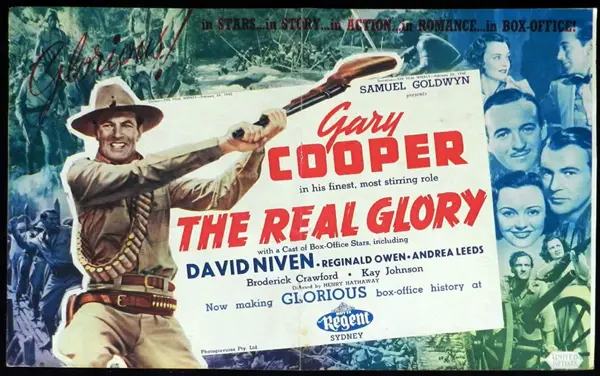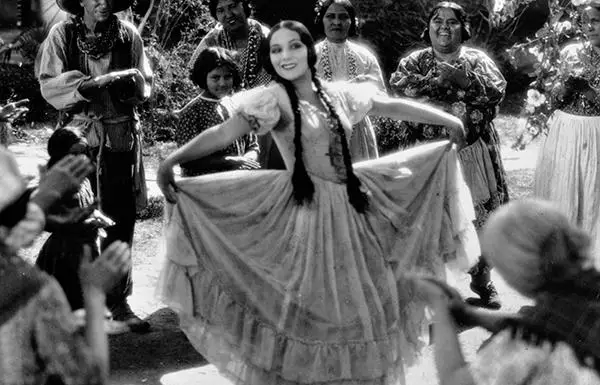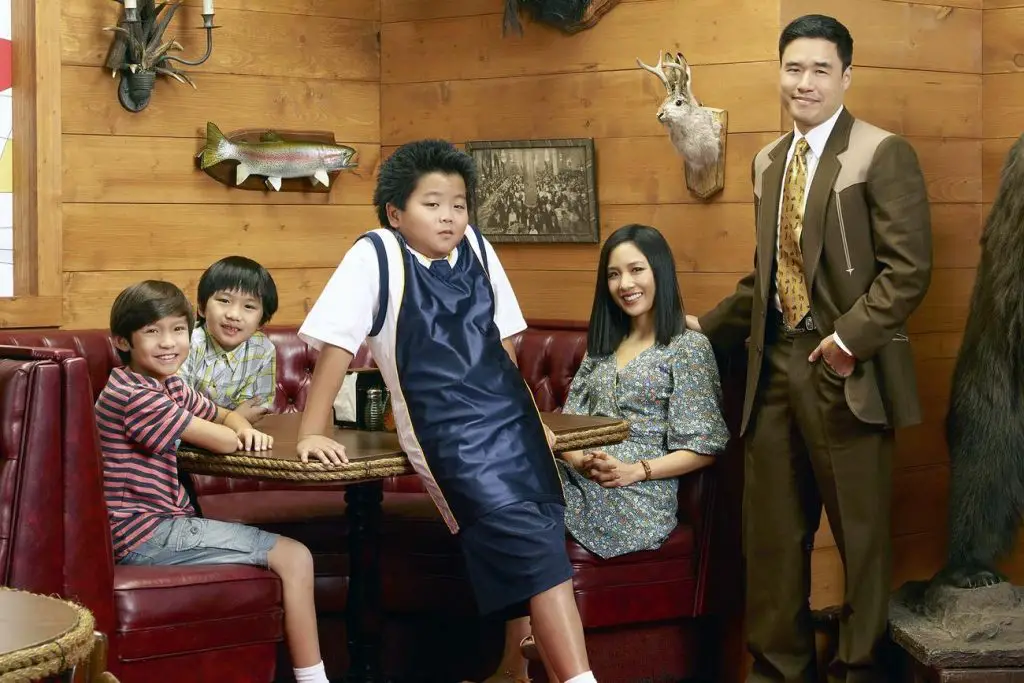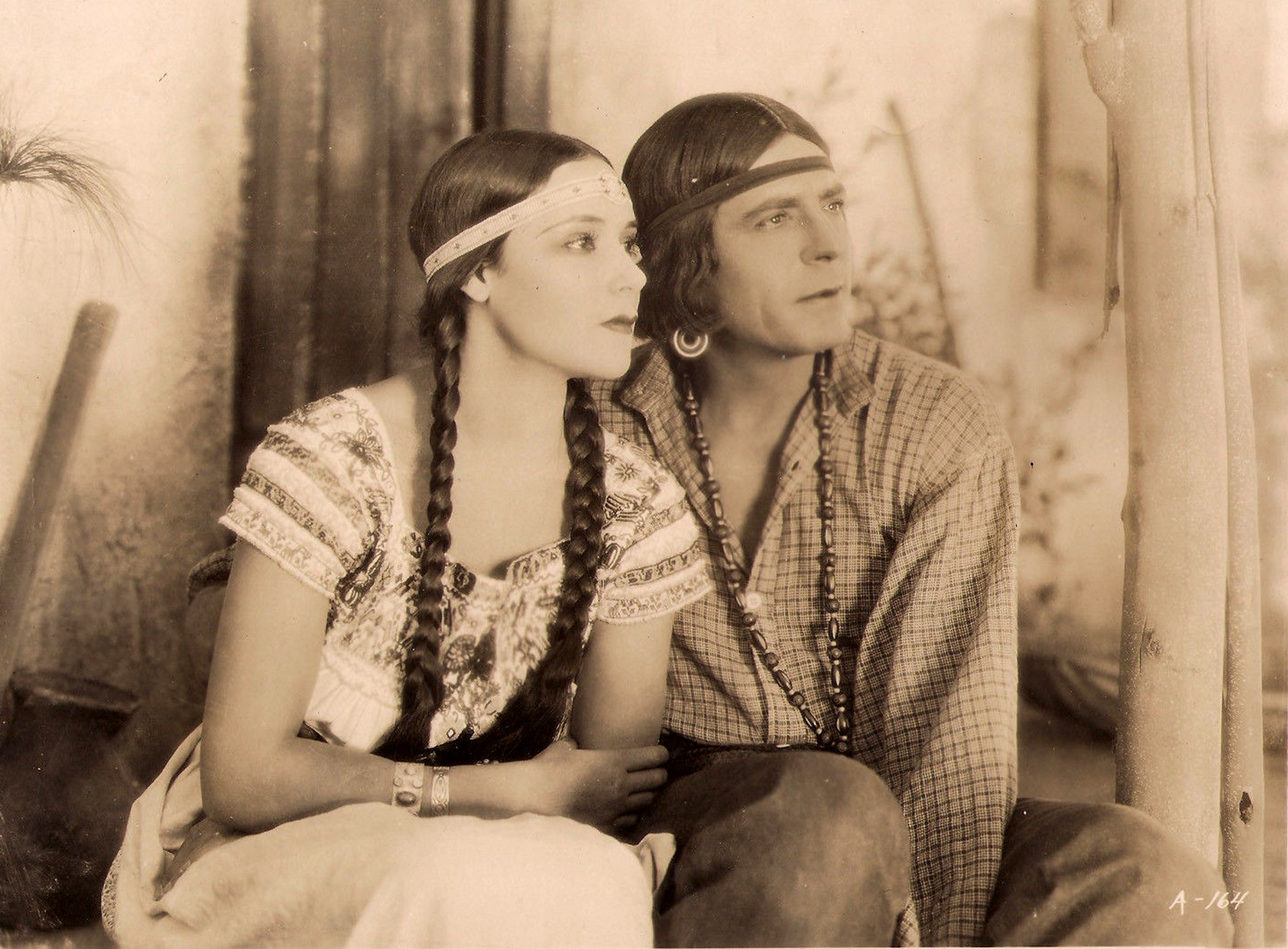Big Screen Bigotry
The rediscovery of silent films such as ‘Ramona’ and ‘The Daughter of Dawn’ prove how far Hollywood has come.
By Galen Patterson, California State University, Fullerton
The American film industry predates the legislative and moral changes that resulted from the Civil Rights movement.
Racism in movies is not always obvious, but looking through historical context, it is apparent that, until recently, movies were made predominantly by white directors and producers with white casts and audiences in mind. Many early movies had racist undertones throughout them, even when accurately portraying other cultures, as is the case with “The Real Glory,” starring Gary Cooper. The film takes place during the Philippine insurrection, or more accurately, the Philippine-American War.

Cooper’s character is an American doctor in the military, who is stationed in the Philippines and tasked with chasing the cowardice out of the indigenous troops in an effort to stop a marauding band of Islamic Filipinos hell bent on killing off American influence in the country. The film portrays Americans as the more capable and stoic leaders in the foreign country and invokes themes of righteousness and colonial superiority. Make no mistake, at the time of the film’s release, the Philippines were tightly under U.S. control and had been for nearly forty years, after it had been captured from Spain during the Spanish-American War.
What the film does not address is the slaughtered villages and mass graves that haunt the truth behind American involvement on the island chain, or the bravery of the indigenous forces that stood up to oppression from foreign powers. Perhaps the real glory is not in truth, but entertainment value.
Another good example of classic Hollywood racism is in “55 Days at Peking,” starring Charlton Heston. The film is set during the Boxer Rebellion in China in 1900, when several European powers and the U.S. had security detachments in China to protect embassies during an imperial uprising. Aside from white actors playing ambiguous Chinese roles, the film features inept and illiterate Chinese rebels failing at every task, thwarted by Charlton Heston along the way.
Not all racism in American cinema is as subtle as these examples. Generally, American films with open racism deal with the historical treatment of Native Americans or Mexicans.
“The Searchers,” which stars John Wayne, portrays a man living on the American frontier whose extended family is killed by Comanche Native Americans. His niece is captured and taken as a slave, and the rest of the film is essentially Wayne searching the frontier and slaughtering natives. At the end, he finds her and she has assimilated into the tribe. The film was set during a time when it may have been preferable to kill the girl rather than let her live a new life as a native, and that is exactly the direction the plot takes.
Many Western films have a very clear dichotomy between white settlers and Native Americans. Sometimes, that entertainment quality of racism spilled over into actual film suppression.
In 1916 the full-length silent film “Ramona” was released. The film deals with complex issues of race and was adapted from a best-selling book by Helen Hunt Jackson, first published in 1884. It was directed by prominent Native American director Edwin Carewe and highlighted problems with racism in the culture at the time.

The main character has a Cinderella-type story, until she discovers that she is ill treated by her wealthy family because she was adopted and is in fact Native American. She runs away and marries a Native American man, only to endure an even worse lifestyle as a practical outcast of society.
“Ramona” was lost in time and thought to be gone for good, until a copy was found in the Czech Republic in 2010 by American silent-film researchers. It ran for the first time again in 2014 in Los Angeles. Almost the entire crowd, aside from myself and my counterpart, were from a much older generation.
Another rediscovered film featuring an all-native cast, “The Daughter of Dawn,” suffered the same fate. The film was released in 1920, lost and then rediscovered in 2005.
America is very different now. The Civil Rights movement of the 1960s set in motion behavioral standards that would eventually gain momentum, blend with women’s rights and result in an all-female remake of “Ghostbusters.”
Although American cinema did experience a phenomenon that can only be described as “the black guy always dies first,” society is past that now. Television and cinema both strive to integrate races and genders in casting in more noticeable ways, such as casting female and black leads in “Star Wars: The Force Awakens.”
Recently, Indian-American comedian Aziz Ansari co-created a Netflix exclusive series titled “Master of None,” which occasionally touches on relevant issues like the difficulty of racial type-casting in the film industry or redefining gender roles on commercials. ABC’s television show “Fresh Off the Boat” popularizes the immigrant experience in America and makes them feel more relatable.

Controversy regarding racism in the film industry still exists. Some claim the situation is not getting any better, but this argument tends to focus on the awards given for performances. Focusing on this specific facet ignores the quantity of roles that have been filled by diversity.
The film industry in the U.S. seems to have become a more level playing field for all races and genders. This is the mark of progress and is an achievement of the seeds sown in the equality movements half a century earlier.










[…] Generally, American films with open racism deal with the historical treatment of Native Americans or Mexicans. “The Searchers,” which stars John … Read more here […]
[…] Read Original Film Industry News Source […]
[…] Racism in the Film Industry. (2017, May 22). Retrieved December 11, 2017, from https://studybreaks.com/2017/05/22/racism-film/ […]